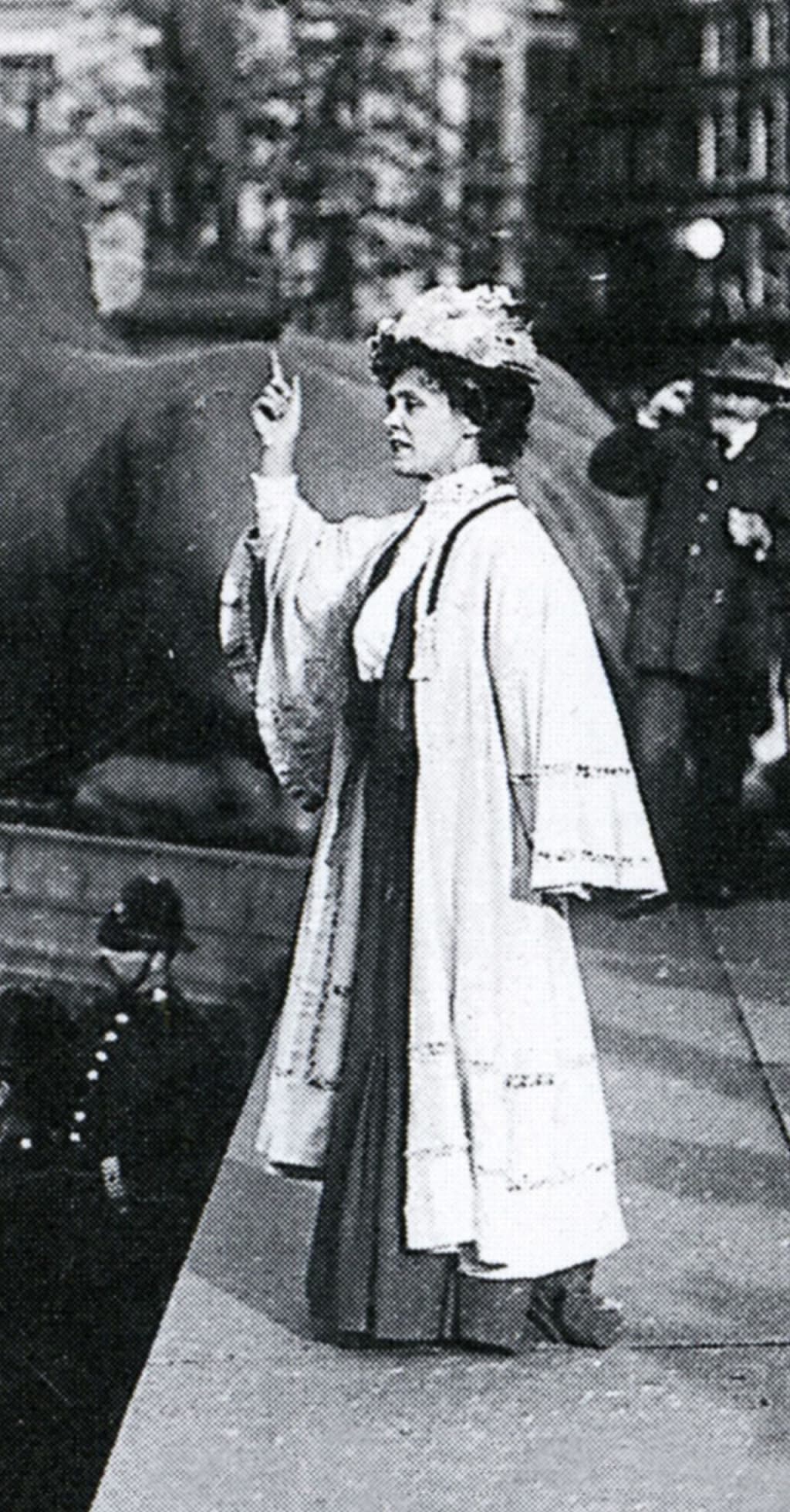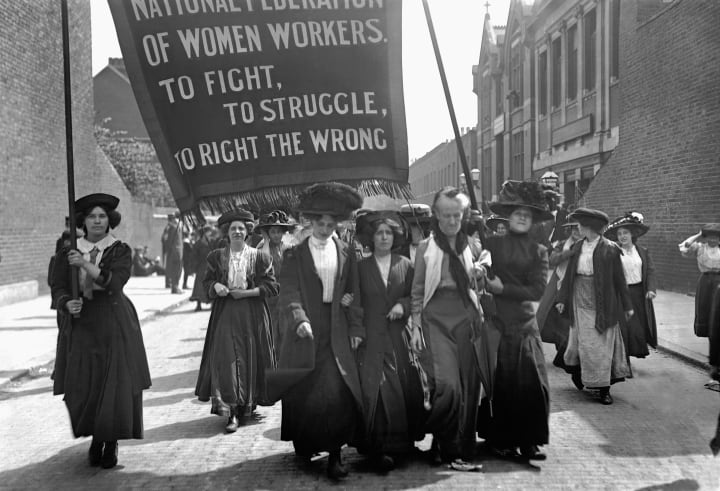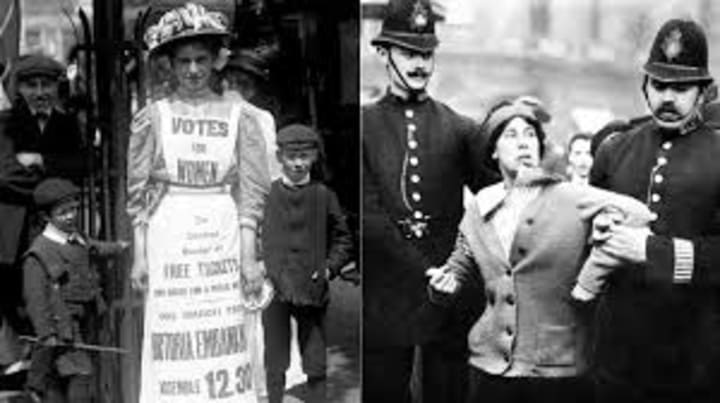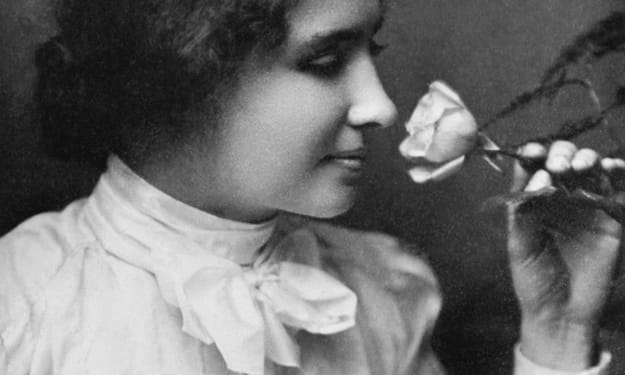THE SUFFRAGETTE MOVEMENT
WOMEN IN THE EDWARDIAN ERA

A Suffragette was a member of militant women’s organizations in the early 20th century who, under the banner “Votes for Women”. Fought for the right to vote in public elections, known as women’s suffrage. The term refers in particular to members of the British ‘Women’s Social and Political Union’ (WSPU), a women-only movement founded in 1903 by Emmeline Pankhurst, which engaged in direct action and civil disobedience. In 1906 a reporter writing in the Daily Mail coined the term ‘Suffragist,’ in an attempt to belittle the women advocating women’s suffrage. The militants embraced the new name, even adopting it for use as the title of the newspaper published by the WSPU.
The Suffragette campaign was suspended when World War One broke out in 1914. After the war, the Representation of the People Act 1918 gave the vote to women over the age of 30 who met certain property qualifications. Ten years later, women gained electoral equality with men when the Representation of the People Act (Equal Franchise) 1928 gave all women the vote at age 21.
EMMELINE PANKHURST
Emmeline Pankhurst (born Emiline Goulden 1858-1928) was a British political activist and helper of the British Suffragette movement who helped women with the right to vote.
Her mother received and read the ‘Women’s Suffrage Journal,’ and Goulden grew fond of its editor Lydia Becker. At the age of 14, she returned home from school one day to find her mother on her way to a public meeting about women’s voting rights. After learning that Becker would be speaking, she insisted on attending. Goulden was enthralled by Becker’s address and wrote later: “I left the meeting a conscious and confirmed suffragist.”
In the autumn of 1878, at the age of 20, Emmeline met and began a relationship with Richard Pankhurst, who was a barrister who had advocated women’s suffrage. He was 44 years old when they met. They married in St. Luke’s Church, Pendleton in 1879. They had 5 children. A butler was hired to help and Emmeline involved herself with the ‘Women’s Suffrage Society.’
The family moved to London in 1886 where Emmeline opened a small fabric shop called Emerson and Company.
Pankhurst made their Russell Square home into a centre for political intellectuals and activists. She took pleasure in decorating the house. One of the daughters, Sylvia, later wrote: “Beauty and appropriateness in her dress and household appointments seemed to her at all times an indispensable setting to public work.”
The ‘National Society for Women’s Suffrage’ (NSWS) split and the ‘Women’s Franchise League’ (WFL) first meeting was held in 1889 at the Pankhurst home, in Russell Square. This group quickly fell apart.

The Pankhurst shop closed and the family moved to Manchester. Here, Emmeline joined the ‘Independent Labour Party’ (ILP) and in 1894 was elected to the position of Poor Law Guardian. She was appalled by the conditions she witnessed first-hand in the Manchester workhouse:
“The first time I went into the place I was horrified to see little girls seven and eight years old on their knees scrubbing the cold stones of the long corridors --- bronchitis was epidemic among them most of the time --- I found that there were pregnant women in that workhouse, scrubbing floors, doing the hardest of work, almost until their babies came into the world --- of course the babies are very badly protected --- these poor, unprotected mothers and their babies I am sure were potent factors in my education as a militant.”
Emmeline immediately began to change these conditions, and established herself as a successful voice of reform on the Board of Guardians.
Richard became ill and died in 1898. Emmeline and the children moved to a smaller house in Nelson Street and got a paid position as Registrar of Births and Deaths in Charlton. This work opened her eyes to another side of poverty, as did the work she did when Emmeline was elected to the Manchester School Board. During this time she also re-opened the store, hoping it would bring in extra income for the family. All of these experiences reinforced Emmeline’s conviction that women needed the right to vote before their condition could improve.
Doubting that political parties would ever make women’s suffrage a priority, the “Women’s Social and Political Inion” (WSPU) was founded by Pankhurst and colleagues in 1903.

The actions of the militants is well-documented. Emmeline herself saw imprisonment as a means to publicise the urgency of women’s suffrage. In 1908, she told the court: “We are here not here because we are law-breakers, we are here in our efforts to become law-makers.”
Look out for more articles on The Edwardian Era.
About the Creator
Ruth Elizabeth Stiff
I love all things Earthy and Self-Help
History is one of my favourite subjects and I love to write short fiction
Research is so interesting for me too
Enjoyed the story? Support the Creator.
Subscribe for free to receive all their stories in your feed. You could also pledge your support or give them a one-off tip, letting them know you appreciate their work.






Comments
There are no comments for this story
Be the first to respond and start the conversation.